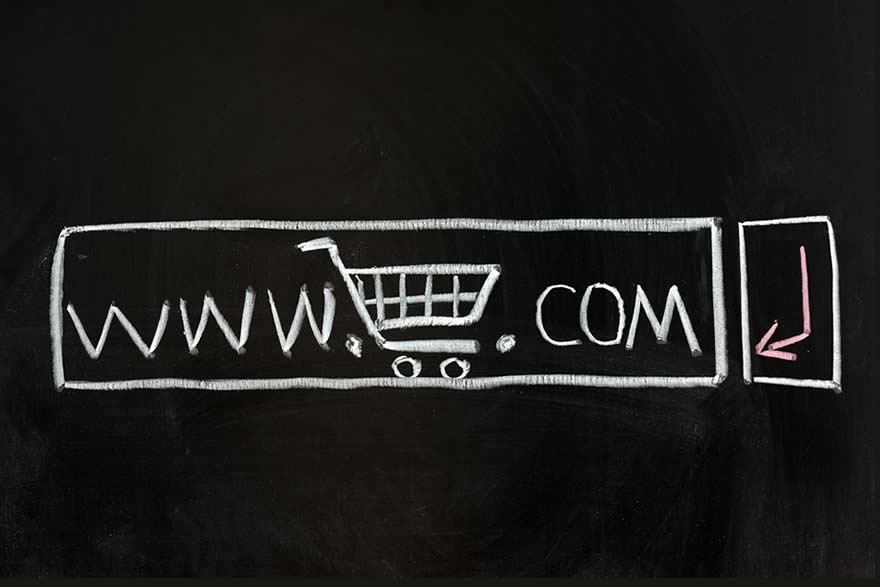Much as we’d like our customers’ existence relative to ourselves to remain in a nice, happy straight line, it doesn’t. There’s a definite ecommerce customer lifecycle that goes on and RepricerExpress will show you how to tweak your marketing and advertising.
The Different Ecommerce Customer Lifecycle Stages You Can Expect
Sort of how caterpillars turn into butterflies and a low pressure front can produce a cyclone, there are specific stages to the ecommerce lifecycle. But instead of thinking about it in terms of stages, an easier way of wrapping your head around the concept is to identify the types of customers that exist within the lifecycle.
To that extent, we’ve identified four different types of customers, each with their own specific needs and marketing/advertising quirks.
1. The Potential Customer
This newbie hasn’t yet signed on or made a purchase with you, but they’ve gone beyond just browsing your site. Maybe they’ve signed up for a newsletter or asked you a question — whatever it is, they’ve entrusted you with their email address and that’s a huge step in the right direction.
The obvious first step is to do whatever you need to do to entice them into buying something from you. Advertise a special first-time deal they’re eligible for, point out that you’ve got free shipping, or be super on top of answering every question they have (no matter how inane they must seem). The key is to get them firmly on board.
2. The Customers Who Are Already There
They’ve signed up, they’ve purchased something, and they may have even done the latter multiple times. The idea is that what you did to get them on board worked, but alas, the game’s not over yet.
Just because they purchased something once or twice or 10 times, you’ve still got to keep at having them stay on board. This stage is almost the easiest to become complacent in, as many merchants take advantage of the fact that their buyers have a shopping history with them.
3. The Ones Who Are Borderline Leaving
If you’re not sharp with retaining the customers in the above point, then they may just stop purchasing from you for a while. They’re at risk of never buying from you again, especially if it’s been over the two-month mark since they last made a purchase.
With this group, you’ll want to up your email marketing campaigns and remind them of what it was that drew them to you in the first place. Go over your differentiating features (three is a good number) and highlight these in your interactions with them.
4. Customers Who, For All Intents and Purposes, Aren’t Customers Any more
If this group has gone three or more months without a purchase, they’re considered lapsed customers and you’ll have to work double time in bringing them back.
The biggest hurdle you’ll encounter is reminding them of who you are and why they should bother with you again. It won’t be quite as difficult as trying to lure in the almost-shopper, but just about. They may be feeling burned at some experience in the past and are hesitant to buy from you again, or they may be less-than-impressed with your policies. Since three-plus months is a lot of time for things to change, see what’s differed in that time period and use it as a selling point to bring them back. On the bright side, three-plus months also means they may have forgotten about whatever caused the distance in the first place, so that’s a bonus for you there.
Tactics That Can Work In Any Lifecycle Stage
There are few universals that apply to the ecommerce world, but we’ve uncovered a few that you can use with all your buyers, no matter what group they belong to.
Welcome pushes are good for when you want to roll out something new to burgeoning customers, or introduce a novel idea to existing ones. It shows how you’re different from the competition and every buyer wants to feel special.
Post-purchase check-ups. If you’ve ever bought or sold on Amazon, then you know the process doesn’t end as soon as the product arrives. Good buyers will always send a follow-up email to ensure everything went as expected, but you can also stretch this to those who haven’t yet made a purchase by following up with them after they’ve given you their email.
Replenishing your contact and stock with existing customers (which, admittedly, doesn’t apply to newbies) is a good way of keeping shoppers for whom it’s been a while since their last purchase. They may need a little prod to get them going again, so send out a friendly email reminding them you have what they’re looking for.


